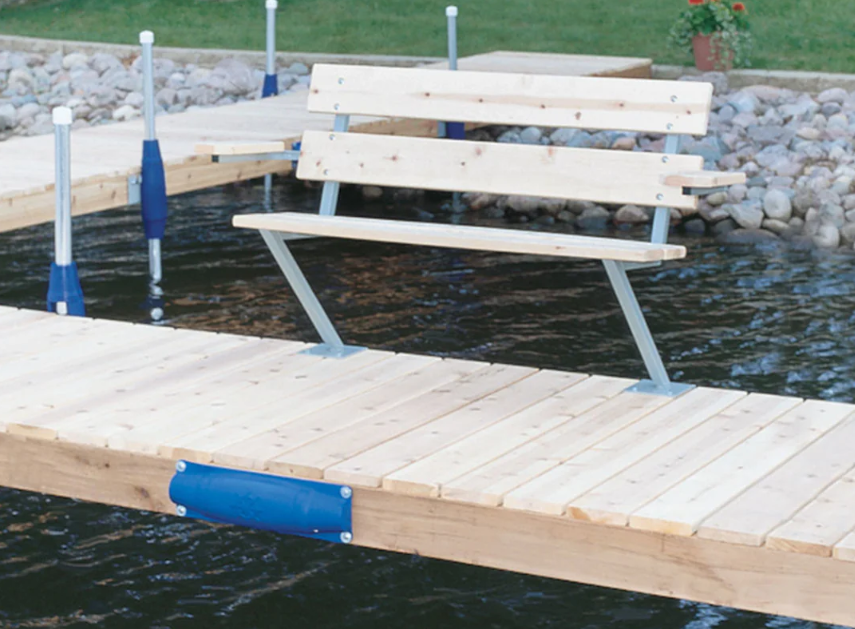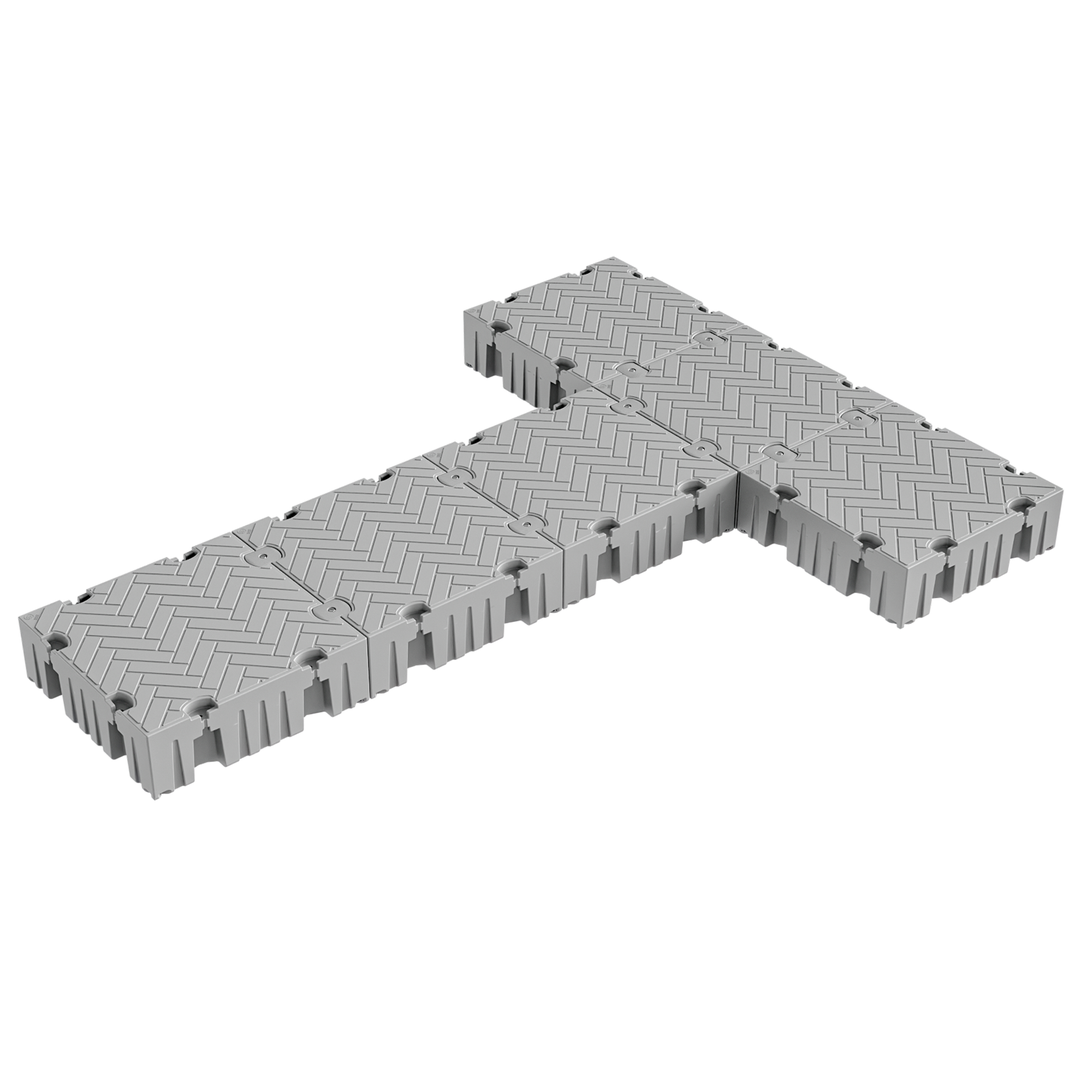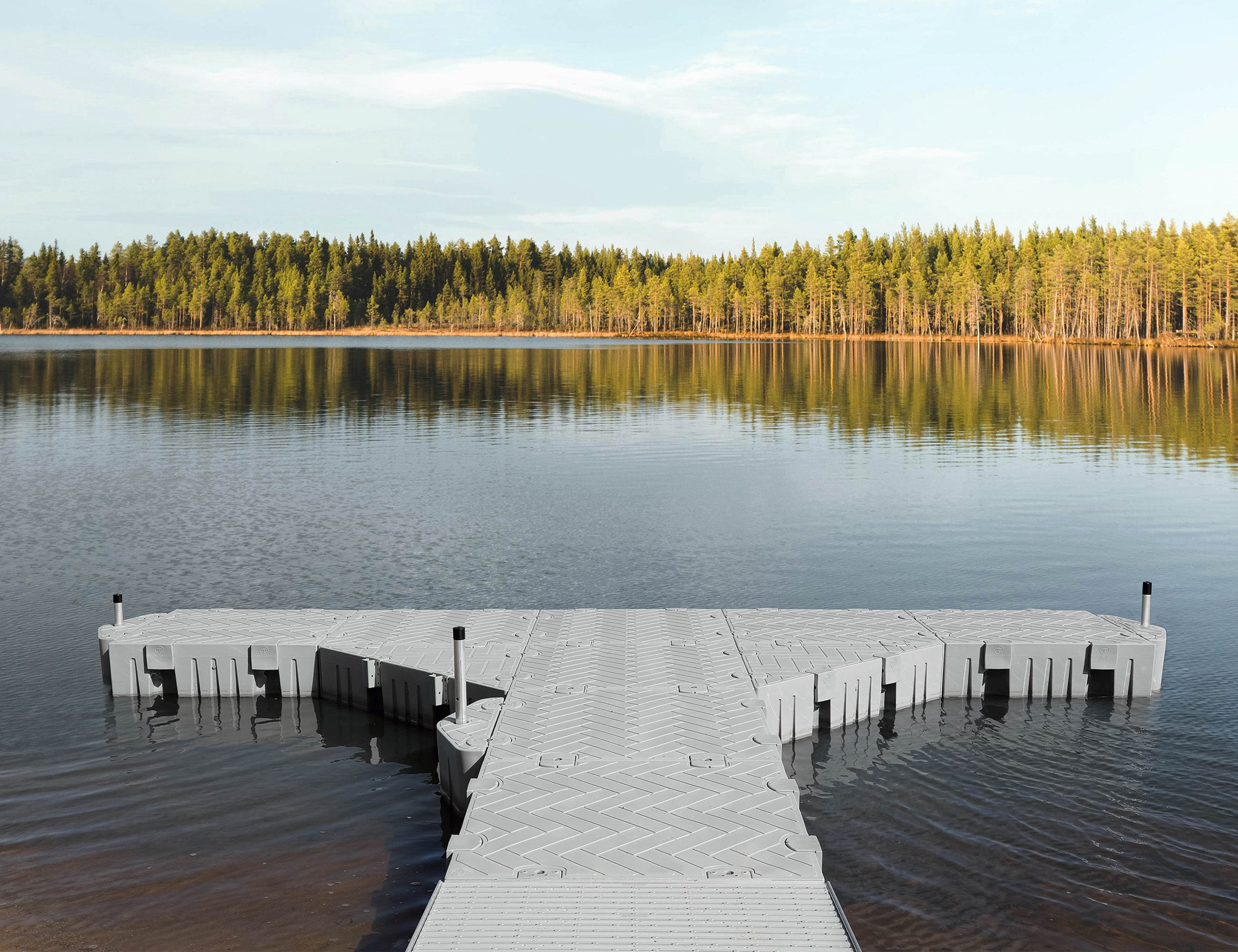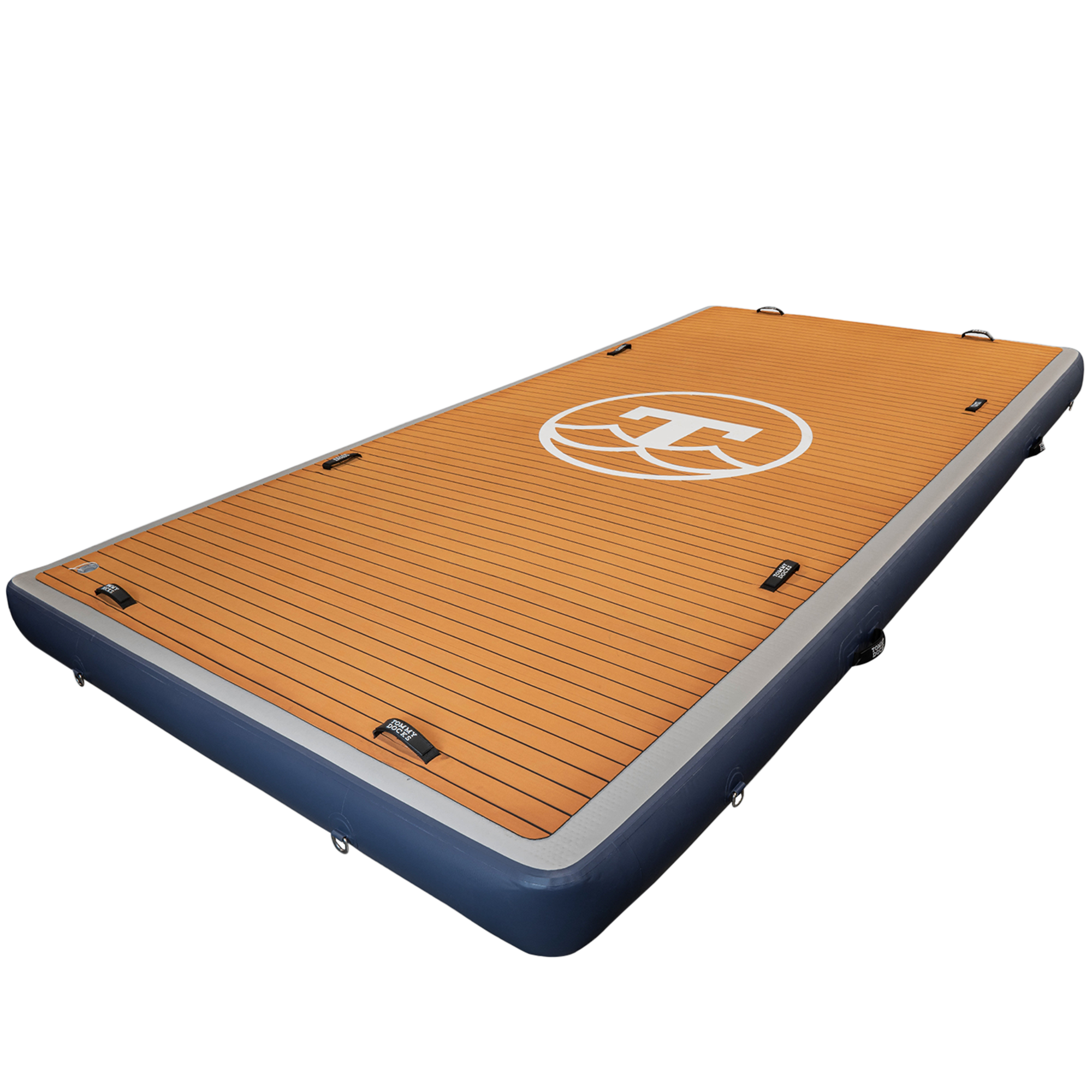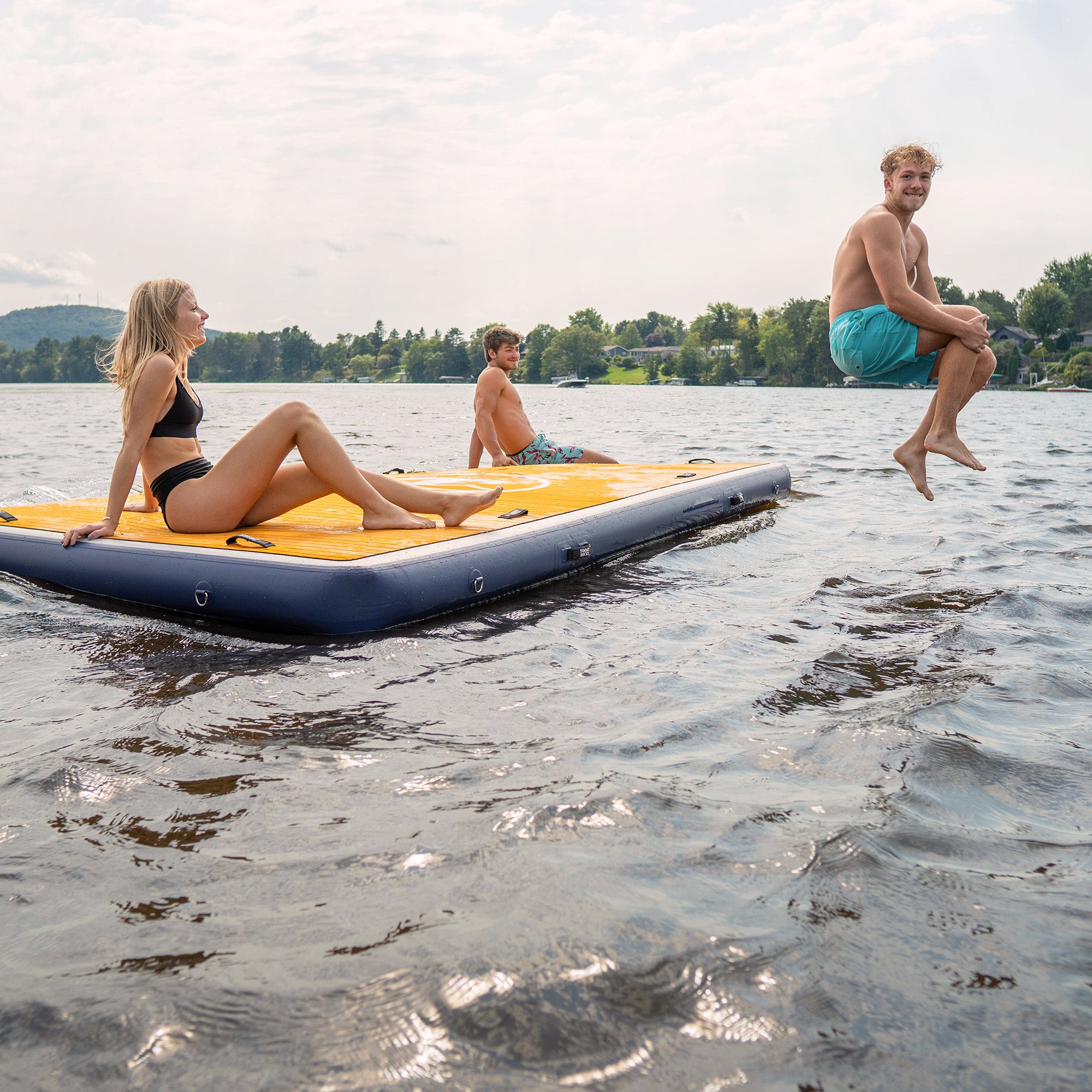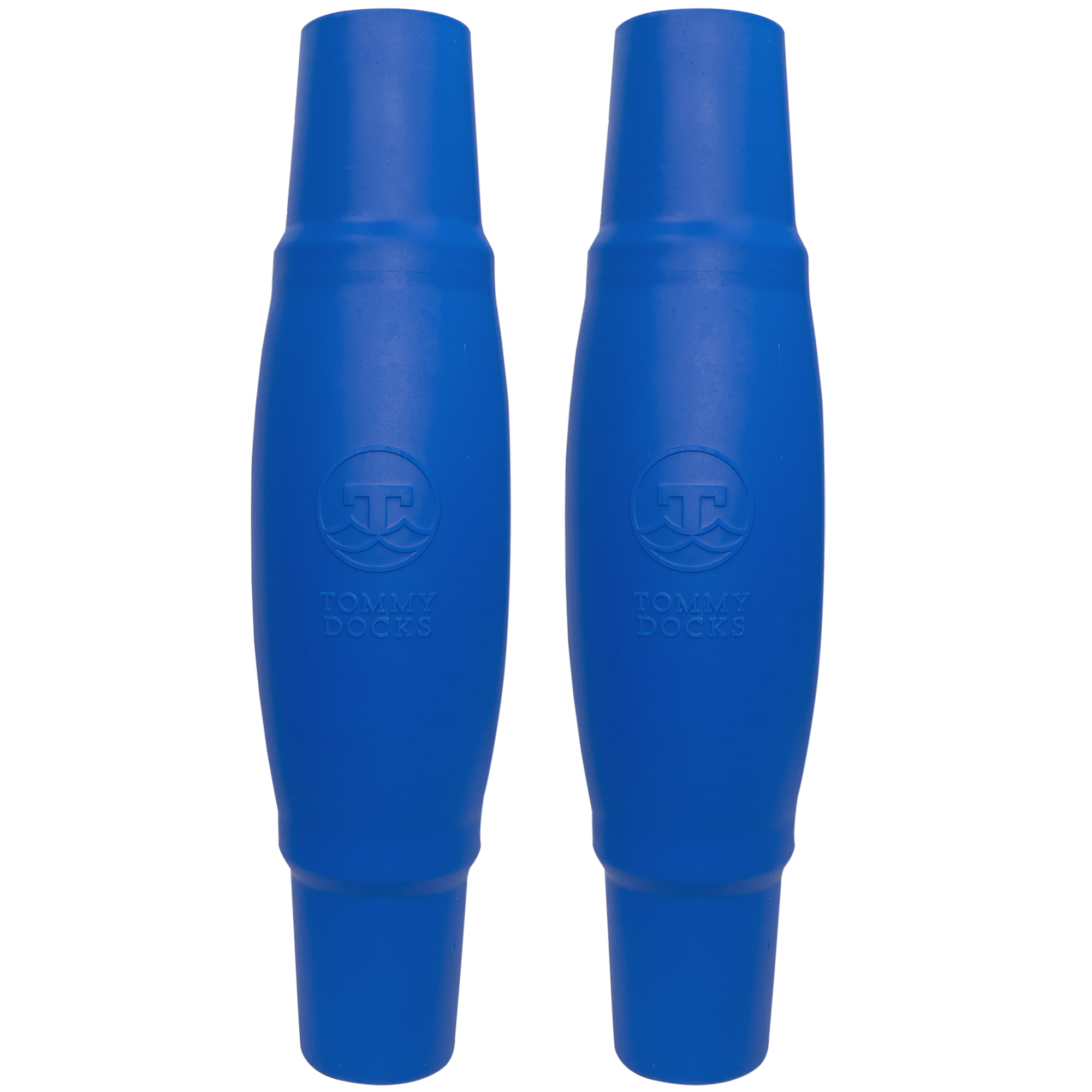Boat dock bumpers are essential accessories for protecting your boat and dock from potential damage during mooring and docking. While there are various commercially available options, making your own DIY boat dock bumpers can be a cost-effective and rewarding project. In this comprehensive guide, we will walk you through the step-by-step process of creating your own boat dock bumpers, providing all the information you need to complete the project successfully.
Materials Needed:
Before we delve into the construction process, let's gather the materials and tools required to make DIY boat dock bumpers:
- Foam: Look for closed-cell foam, which is resistant to water absorption. Neoprene or polyethylene foam with a density of at least 2 pounds per cubic foot is recommended. The dimensions of the foam will depend on your specific needs. Of course, you can also use pool noodles.
- PVC Pipe: Choose a PVC pipe with a diameter that matches the thickness of the foam. The length should be slightly longer than the desired bumper width.
- Rope: Use marine-grade rope, such as nylon or polypropylene, with a diameter suitable for your project.
- Adhesive: Opt for a marine-grade adhesive that can withstand exposure to water and outdoor conditions.
- Utility Knife or Foam Cutter: Ensure you have a sharp utility knife or foam cutter for cutting the foam to the desired dimensions.
- Measuring Tape: A measuring tape or ruler will be necessary for taking accurate measurements.
Step-by-Step Guide to Making Your Own DIY Boat Dock Bumpers:
The basic idea of making your own boat dock bumpers is to wrap foam around a PVC pipe, and then to attack that makeshift bumper to your dock. Below, is a step-by-step DIY guide.
- Measure and Cut the Foam: Using a measuring tape, determine the desired length, width, and thickness of your boat dock bumpers. Mark the foam accordingly, and carefully cut it using a utility knife or foam cutter. Repeat this process to create multiple foam sections for each bumper.
- Prepare the PVC Pipe: Cut the PVC pipe into segments that match the desired width of your bumpers. These segments will act as cores for added structural support.
- Apply Adhesive to the PVC Pipe: Apply marine-grade adhesive to the PVC pipe before sliding the foam sections onto it. This will help bond the foam to the pipe and provide additional durability. Make sure to follow the manufacturer's instructions for proper adhesive application.
- Insert the Foam onto the PVC Pipe: Take one foam section and slide it onto the PVC pipe segment. Ensure the foam fits snugly and evenly along the length of the pipe. Repeat this process for each foam section and pipe segment.
- Attach the Rope: Determine the appropriate attachment points on your boat dock bumpers. Using a hot knife or other suitable tool, create holes or slots in the foam and PVC pipe to thread the rope through. The rope will serve as a means of securing the bumpers to the dock.
- Tie the Rope: Pass the rope through the holes or slots created in the foam and PVC pipe. Tie secure knots to prevent the bumpers from sliding or detaching. Leave an adequate length of rope to ensure a proper attachment to the dock.
- Install the DIY Boat Dock Bumpers: With the rope securely tied, position the bumpers at strategic points along the dock where your boat is likely to make contact. Ensure they are evenly spaced and appropriately aligned.
When you're done, depending on how you install your rope, your new dock bumpers may end up looking something like the image below. These specific DIY bumpers were made by BuckyT on the Pensacola Fishing Forum.

Maintenance and Safety Considerations:
To prolong the lifespan of your DIY boat dock bumpers and maintain their effectiveness, consider the following maintenance and safety tips:
- Regularly inspect the bumpers for any signs of wear, tear, or damage. Replace or repair them as necessary to ensure optimal protection.
- Clean the bumpers regularly using a mild soap solution and water to remove dirt, grime, and salt residue. Rinse thoroughly and allow them to dry before reinstalling.
- Periodically check the rope attachments for secure knots and any signs of fraying or weakness. Replace the rope if necessary.
- During extreme weather conditions, such as storms or heavy winds, consider removing the boat dock bumpers to prevent potential damage or detachment.
Always prioritize safety when installing or removing the bumpers. Use caution and follow proper lifting techniques to avoid injury.
Purchasing Dock Bumpers Vs. Making Them Yourself
While the process of creating your own DIY boat dock bumpers can be fulfilling and cost-effective, it's worth considering the option of purchasing premade bumpers as well. Tommy Docks, for instance, is known for our quality boat dock accessories.
Tommy Docks offers a range of premade boat dock bumpers that are specifically designed to provide excellent protection for your boat and dock. These bumpers are crafted using durable materials and undergo rigorous testing to ensure their reliability.
By opting for premade bumpers, you can save time and effort on the construction process. Additionally, Tommy Docks' bumpers come in various sizes and styles, allowing you to choose the perfect fit for your dock and personal preferences.
Remember, the primary goal is to ensure the safety and preservation of your valuable watercraft, so explore different options and choose the solution that suits you best.
DIY Boat Dock Bumpers - A Potentially Rewarding and Cost-Effective Solution
If you opt to DIY your boat dock bumpers as opposed to buying them from us, following this comprehensive guide, you can create your own DIY boat dock bumpers that are both cost-effective and reliable. Remember to gather the necessary materials, carefully measure and cut the foam, securely attach the foam to the PVC pipe, and tie the bumpers to your dock using marine-grade rope. Regular maintenance and adherence to safety considerations will help ensure the longevity and effectiveness of your DIY boat dock bumpers. Enjoy the peace of mind that comes with protecting your boat and dock from potential damage with these homemade bumpers. Happy boating!

